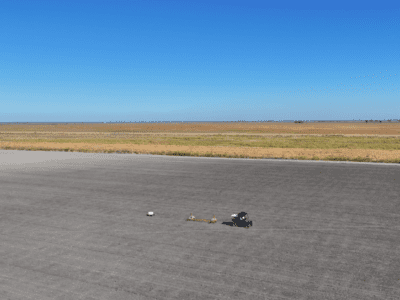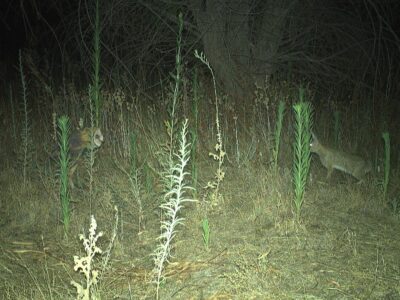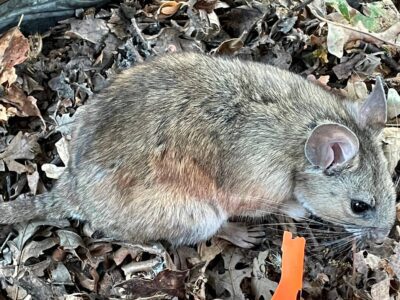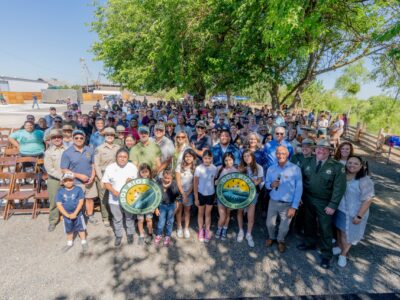River Partners restores more acres of river landscape than any other restoration firm or organization in the West, and we do it with seed that we’ve collected ourselves, using techniques we developed over years of experience in the field.
There was no manual for collecting and cultivating native seeds when we first began restoring riparian forest lands two decades ago. We learned with our boots on the ground and our hands in the dirt. Our success is built on time-tested strategies for collecting, maintaining, and planting the seed that transforms our denuded project sites into productive habitat. We don’t just cultivate native plants and landscapes; we actively invest in the science of preserving their genetic material.
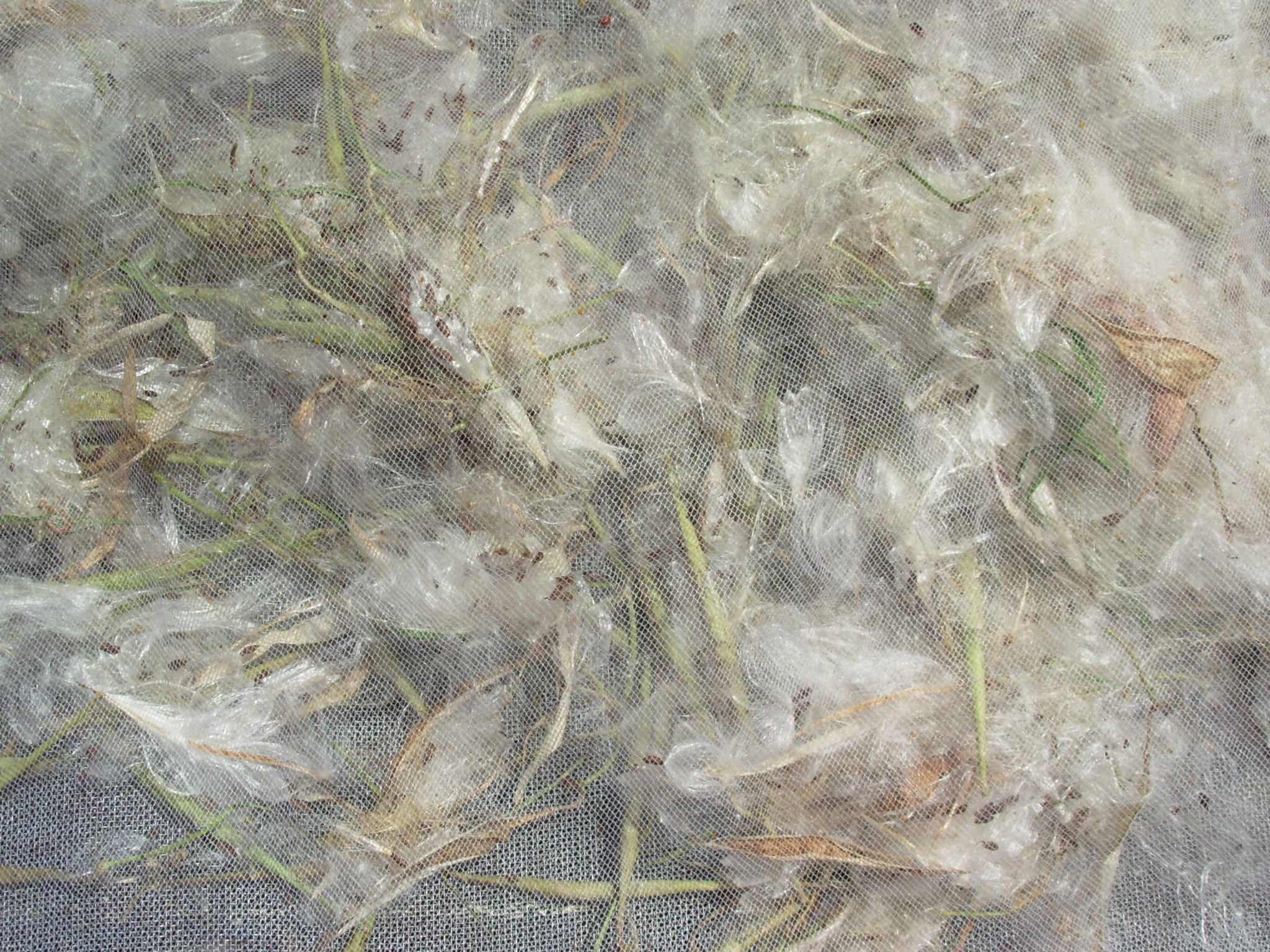
River Partners projects require large quantities of locally sourced native seed. For our statewide monarch butterfly habitat initiative, we’ve already planted more than 15,000 pollinator-friendly flowers, including milkweed, the plant that monarchs depend on to complete their life cycle. River Partners collects milkweed seed across our project sites and obtains seed and rhizomes from independent California growers whose seed production practices are informed by River Partners projects.
For other projects, we rely almost entirely on what we’re able to collect in the field ourselves. Last year alone, we collected 500 pounds of gumplant, which is just one of 43 different species we collect and preserve seeds from every year. In one season we can fill our shops two or three times over with gumplant material just to get the two pounds of seed we need for every acre we restore.
Why Natives?
Monarch butterflies and endangered species like the riparian brush rabbit and the least Bell’s video, three of River Partners’ target species, are vanishing from river landscapes, and habitat loss is an important reason why. Native plants are uniquely connected to the species that call our state home. Birds, butterflies, and other animals depend on them for food, habitat, pollen, and nectar, and cover from predators. When native plants are removed or crowded out by invasive species, it upsets the natural balance of ecosystems that have existed for tens of thousands of years.
Today, we recognize a few important factors about harvesting and planting native seed in California, especially the need to identify and recruit species that existed on restoration sites historically.
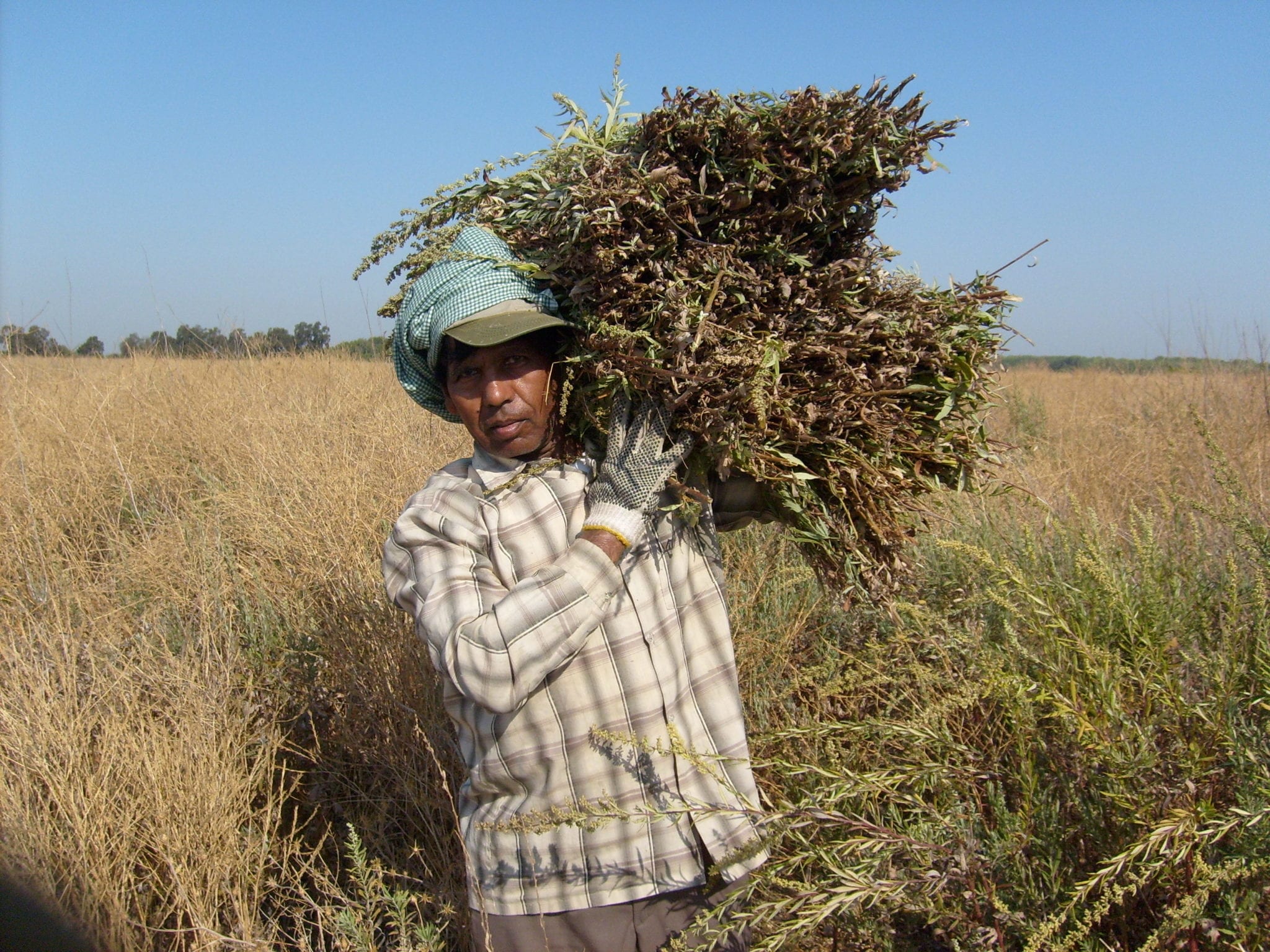
Which Natives?
Before selecting a plant palette for a new restoration site, River Partners consults historical documents. If there are no records of a species ever having existed on the site, and there are no living examples of that species growing nearby, we won’t include the species in the project. Although we can never recreate a site with 100 percent historical accuracy, we can come close if we’re careful to consider what’s been described by past observers as well as what can be found in nearby remnant habitat.
Once we’ve designed our plant palette, it’s not enough to simply go out and collect seed from just anywhere. California is a large state with multiple regional climates, so the creeping wild rye that grows in the San Joaquin Valley, for example, may not be suitable for restoration projects along the northern Sacramento River. Regional variations in climate, soil, and flooding patterns mean that local ecotypes are always going to better adapted to growing on restoration sites than those collected elsewhere. To preserve local genetics and give species the best chance of surviving, River Partners only collects seed within 50 miles of a project site.
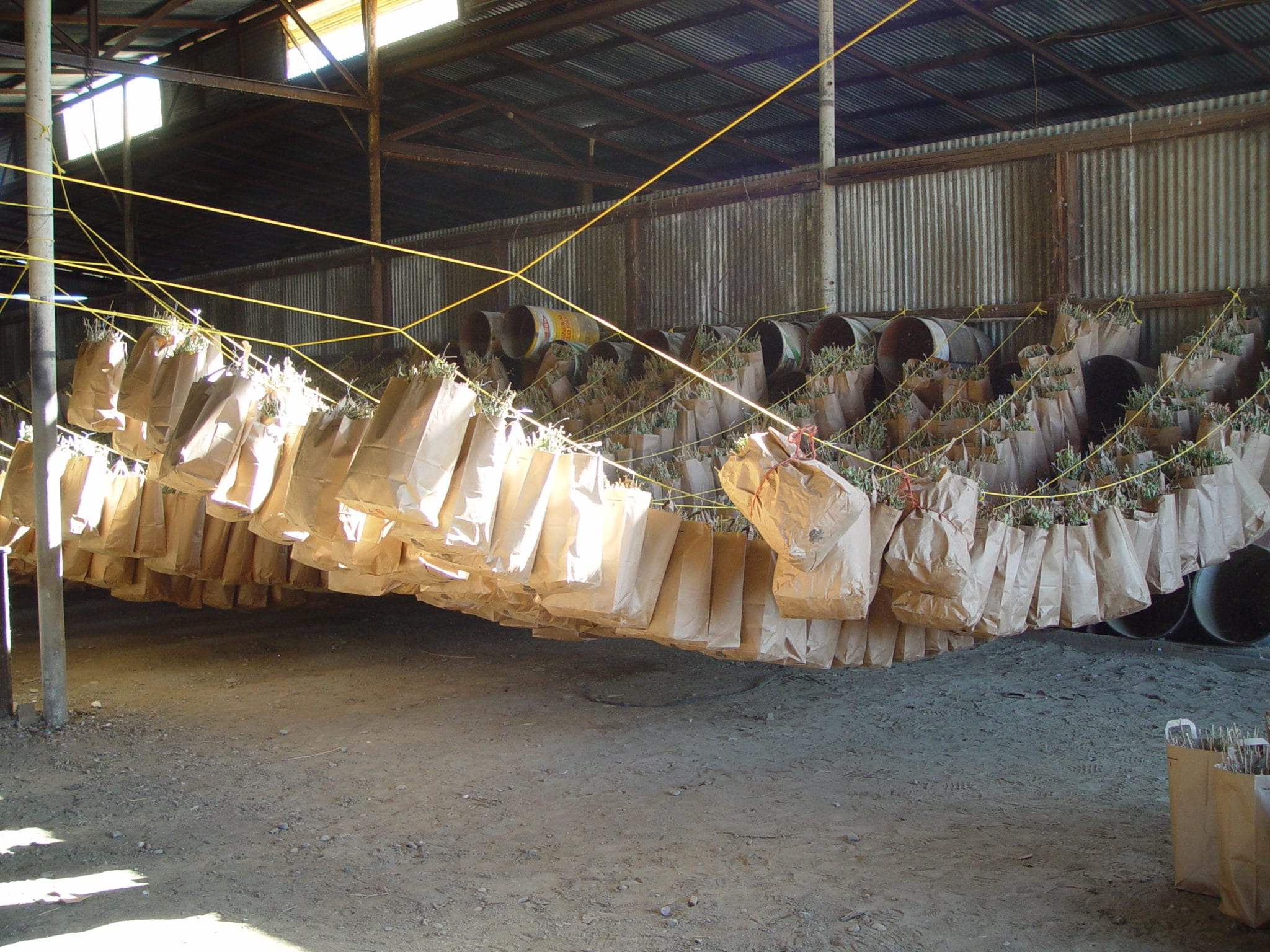
Strategic Planting
Before joining River Partners last year, San Joaquin Valley Regional Director Reyn Akiona worked with Great Valley Seed, a native seed company based in the San Joaquin Valley. He says the key to collecting the large volume of seed needed for large-scale restoration projects is location. “Growing plants for seed within our restoration plots and using that parent material to restore new restoration areas is a difficult thing to do in riparian landscapes, but River Partners does it really efficiently,” he says. “We’ll strategically plant areas that are highly accessible, knowing that we’ll be able to easily get seed from them for subsequent restoration activities.”
Seed collection techniques vary depending on the species. Some seed types, like acorns, can be collected from the ground, while others require more care. Berries like blackberry and elderberry, for example, are more difficult to collect and process because the seed is contained within a fruit. For these species, River Partners separates the seed using a cornmeal grinder with a crush plate. The plate is adjusted so it pushes the flesh through without damaging the seed.
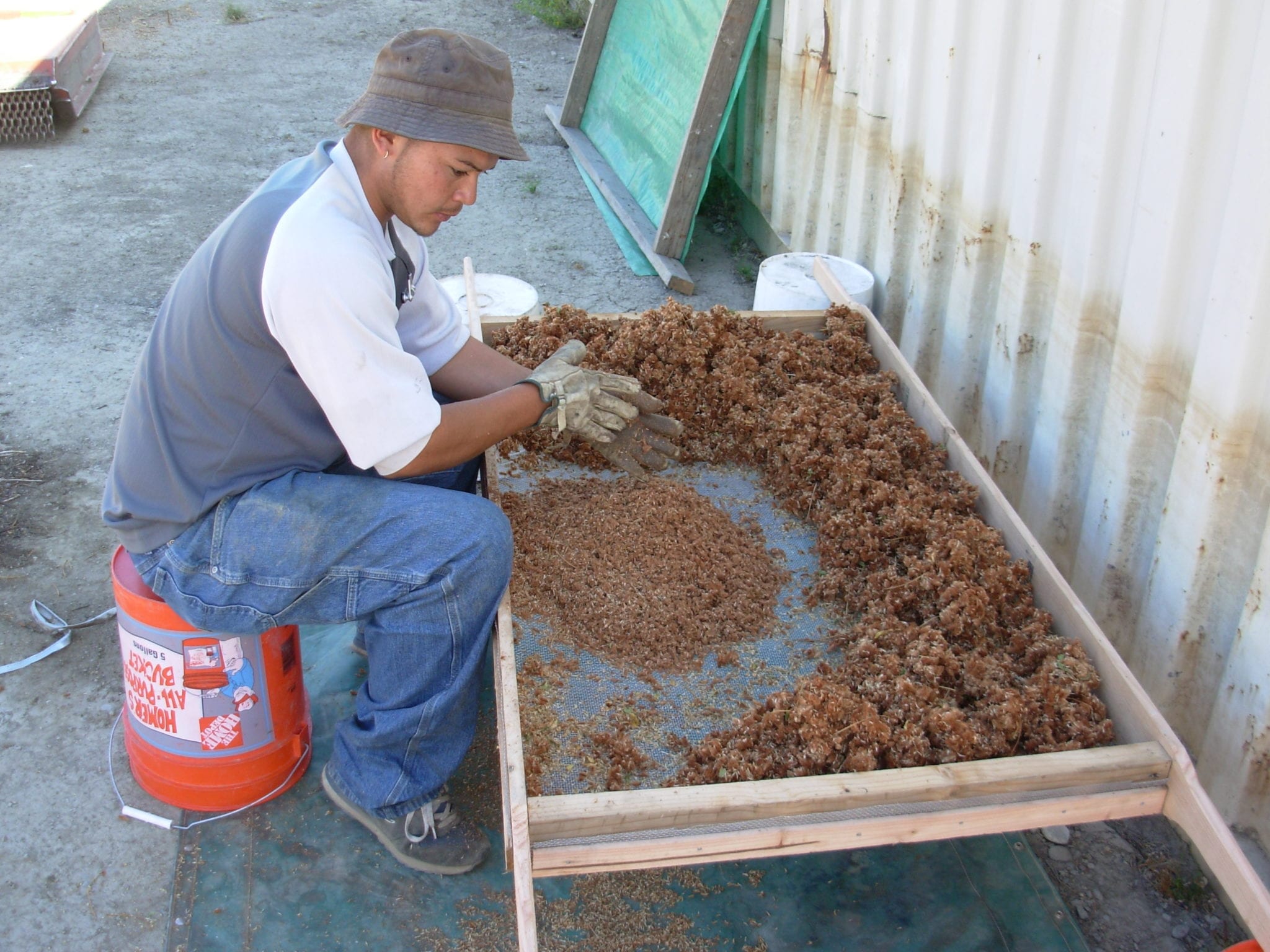
Seeds need to be tested for viability before they can be planted. In many cases, a float test can determine if a seed is likely to grow. Seeds that float have air pockets, which means they’ve either been infiltrated by insects or did not develop properly. Anything that floats is discarded.
There is a brief window of time when seeds are available for harvest, and that window is different for every species. That means we have to keep a regular harvesting schedule and be efficient in collecting seed. River Partners collects seed from woody species every year, regardless of what projects are lined up for the season. Woody species can be kept in cold storage if we don’t need them, but we sometimes do grow more than we need, since excess seedlings can always be planted at older project sites.
Growing Seed Partnerships
Great Valley Seed is one of a few California companies developing techniques for growing native seed in a controlled setting, which is an alternative to collecting it in the field. But farming native seed can be tricky, too. “The scaling of it is a challenge when you need to get thousands of pounds of seed,” says Cannon Michael, President/CEO of Bowles Farming Company and Great Valley Seed. “And there’s also just learning how the native species respond to growing in a farm system.” All plants are a little different, he adds. “Some of them are going to be really finicky or they need special treatment … some are prolific seed producers, and some are stingy.”
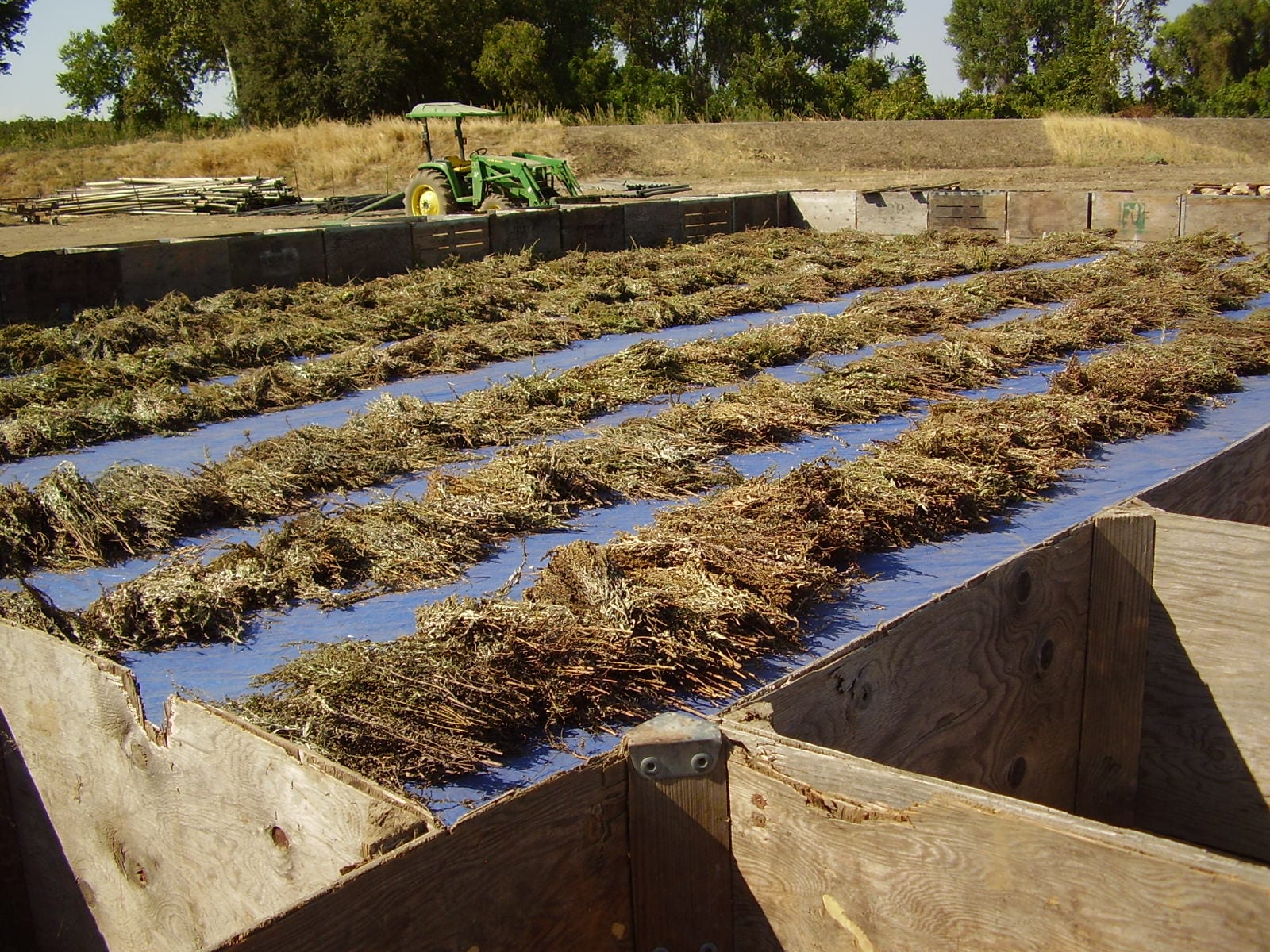
River Partners is deeply invested in partnerships with groups like the Xerces Society, a nonprofit dedicated to protecting monarchs and other insects and their habitats. Along with the California Native Plant Society, Xerces is getting the word out to the public about the importance of reintroducing native habitat and offers seed mixes to California gardeners to grow natives on private property.
To maintain the pace and scale of our restoration efforts, River Partners depends on the innovation of our scientists and field teams, but also more broadly on the efforts of people all over California. We hope the techniques and systems we’ve developed over the years will be adopted and adapted by other groups, from government agencies to hobby gardeners. Through our combined efforts, we can create a culture of restoration and build partnerships that will help us bring back native species in river systems and beyond.

